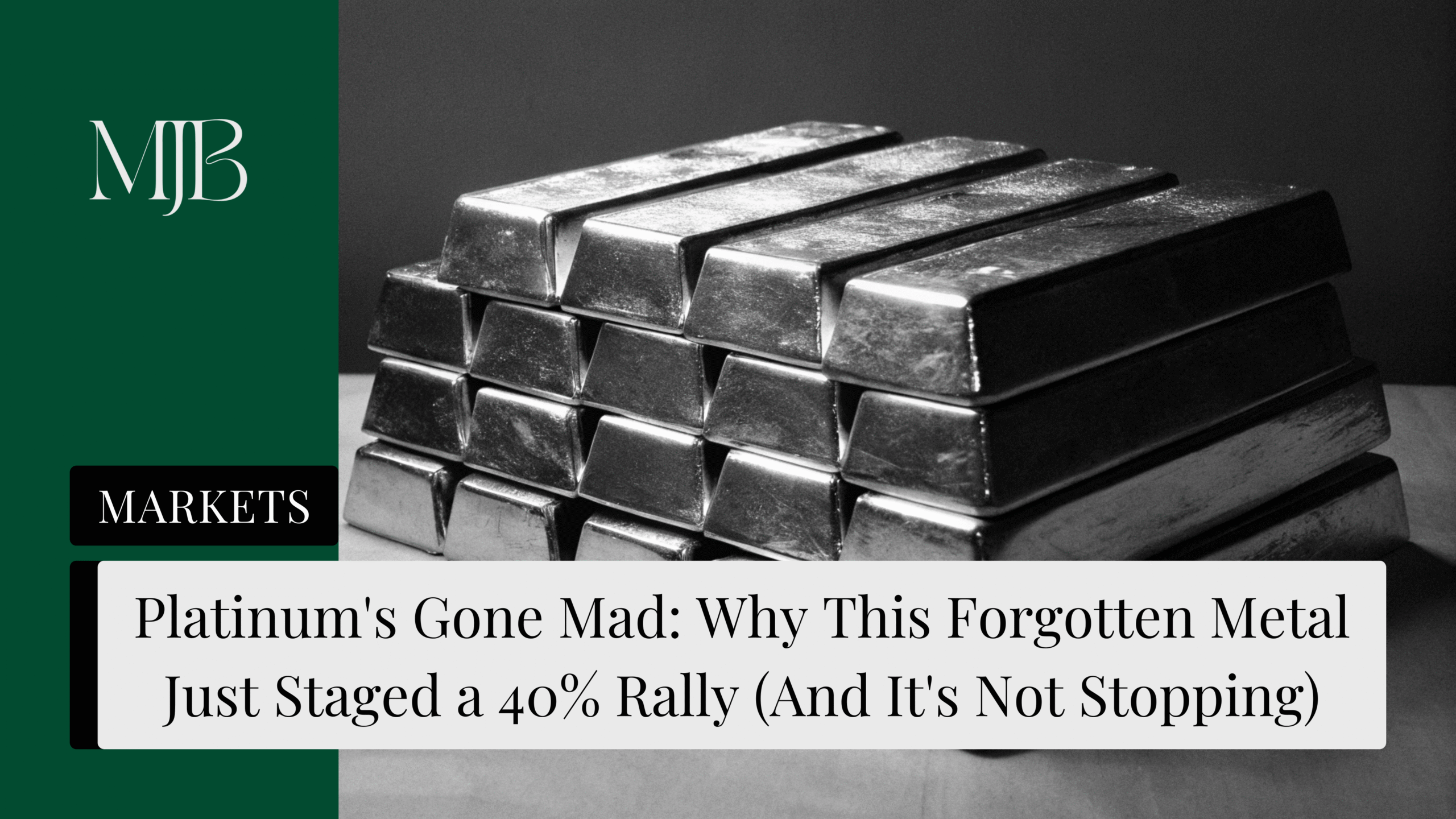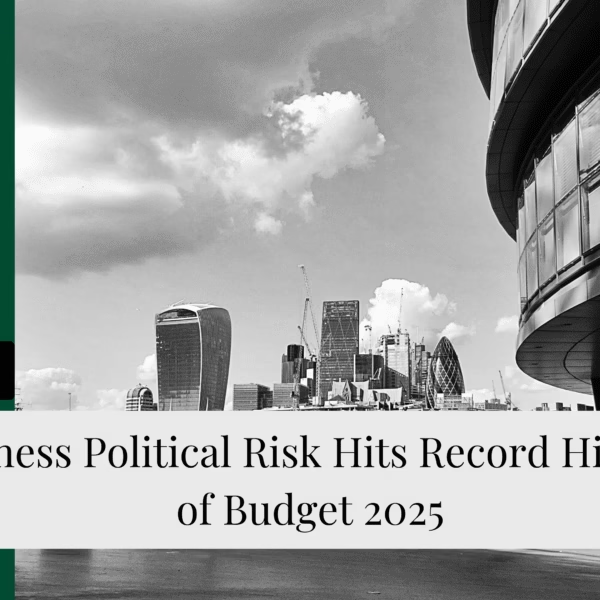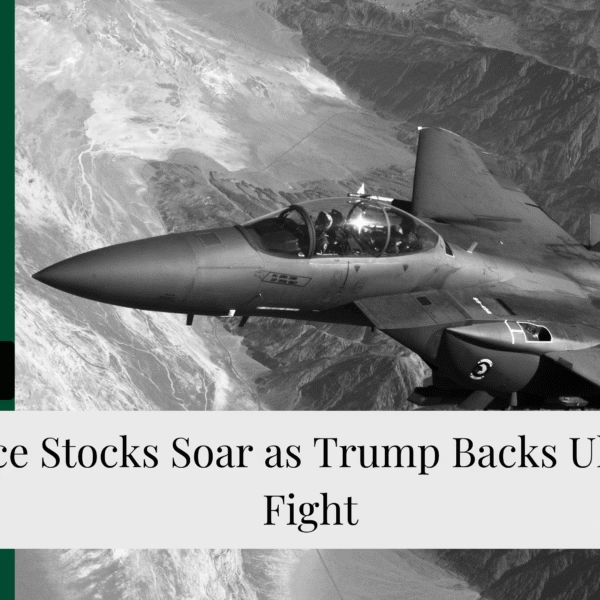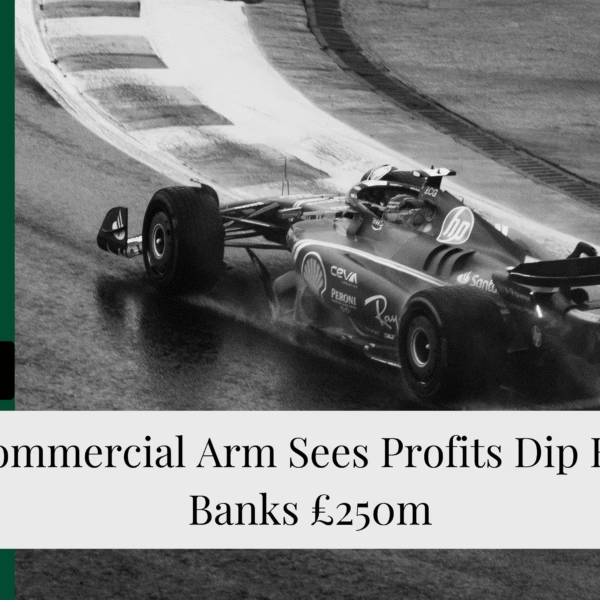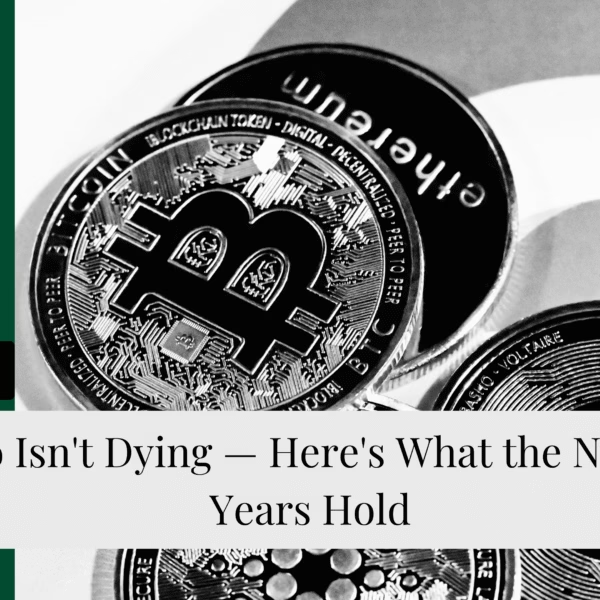Remember Platinum? That metal everyone cast their eyes over whilst gold was busy breaking records? Well, it just woke up from its slumber and went on an absolute tear — jumping 40% in a month and hitting prices we haven’t seen since 2013. At over $1,400 per ounce, platinum’s making investors consider if they’ve been backing the wrong precious metal all along.
So, what’s behind this explosive platinum rally? Turns out, it’s not just one thing — it’s a perfect cocktail of shrinking supplies, Asian jewellers ditching gold, and Eastern investors piling in. Let’s chop down why platinum’s suddenly the hottest ticket in town (and whether you should care).
The Supply Squeeze That’s Choking Platinum Markets
Here’s the thing about platinum: there’s simply not enough of it to go around anymore. The World Platinum Investment Council recently divulged — we’re looking at a supply deficit of 1 million ounces this year. One. Million. Ounces.
Think about it like this: imagine if your local supermarket suddenly had half the bread it usually stocks, but twice as many people wanting to buy it. Prices would shoot up faster than you can say “supply and demand,” right? That’s exactly what’s happening with platinum as we speak.
Above-ground platinum inventories have been tighter than a new pair of shoes for months. When traders can’t get their hands on physical metal, futures prices go bonkers — which explains why it blasted past $1,400.
Asian Jewellers Are Breaking Up with Gold (And Platinum’s the Rebound)
Gold’s been so expensive lately that Asian jewellers — particularly in China — are saying “thanks, but no thanks” and switching to platinum.
Yang Yang, a deputy general manager at one of Shenzhen’s biggest jewellery retailers, said: “Some gold workshops are now trying to tap into the surge in demand. But the transition isn’t easy, as the two metals require very different craftsmanship.”
Sounds like Jewellers are scrambling to learn how to work with platinum because their customers want the white metal look without the gold metal price tag. It’s like switching from Outlook to GMail— same end goal, completely different process.
Why This Jewellery Switch Matters More Than You Think
The Shuibei market in Shenzhen isn’t just any jewellery hub — it’s THE jewellery hub for Chinese artisans. When they start pivoting en masse, global platinum demand shifts dramatically. We’re talking about a market that can move mountains (or at least metal prices).
Eastern Investors Join the Platinum Party
Investment demand from Asia is exploding. Eastern investors who’ve traditionally favoured gold are diversifying into platinum, seeing an opportunity whilst the metal’s still “cheap” compared to its yellow cousin.
This creates what traders call a “feedback loop”: rising prices attract more investors, which pushes prices higher, which attracts even more investors… you get the picture. It’s the kind of momentum that can turn a rally into a proper bull run.
What This Means for Gold (Spoiler: It’s Complicated)
Now, before you go thinking gold’s finished, just chill. Gold’s got its own set of drivers — like central banks hoarding it faster than toilet paper in 2020. As long as geopolitical tensions keep making headlines (and when don’t they?), institutions will keep piling into gold as their favourite “safe haven” asset.
What we’re seeing is more like a sibling rivalry. Platinum’s having its moment in the sun, but gold’s not going anywhere. They’re just serving different masters right now.
The Spillover Effect: Other Metals Getting FOMO
The kicks — Platinum’s rally is contagious. Palladium and other precious metals are already showing signs of following the trend. When one metal in the family starts partying, the others usually join in. Expect to see price increases across the board in the short term.
The Bottom Line: Is Platinum’s Rally Sustainable?
With a million-ounce deficit, surging Asian demand, and investment flows turning positive, Platinum’s rally has legs. This isn’t some flash-in-the-pan pump — it’s backed by real supply-demand fundamentals.
But here’s the thing about commodity rallies: they’re brilliant until they’re not. If you’re thinking about jumping in, remember that what goes up fast can come down just as quickly. The smart money’s watching those inventory levels and Asian demand patterns like hawks.
Want to stay ahead of the next big move in precious metals? Keep your eyes on Eastern markets and jewellery demand — they’re calling the shots now.
FAQ: Your Burning Platinum Questions Answered
Q1: Why is platinum suddenly outperforming gold after years of underperformance?
It’s a perfect storm of factors: massive supply deficits (1 million ounces short this year), Asian jewellers switching from expensive gold to platinum, and Eastern investors piling into the metal. When supply can’t meet demand, prices go vertical.
Q2: Is the platinum rally just speculation, or are there real fundamentals behind it?
This rally’s got solid fundamentals. The World Platinum Investment Council’s data shows genuine supply shortages, and the jewellery demand shift in China is real — artisans are literally retooling their workshops to work with platinum instead of gold.
Q3: How high can platinum prices realistically go?
A: We’ve already hit $1,400+ for the first time in 11 years, and with the current supply deficit, prices could push higher. However, commodity markets are notoriously volatile — sharp corrections often follow sharp rallies.
Q4: Should investors consider platinum over gold right now?
A: They serve different purposes in a portfolio. Gold remains the go-to safe haven asset for geopolitical uncertainty, whilst platinum’s more of an industrial and jewellery play. Smart investors might consider holding both rather than choosing sides.
Q5: Will other precious metals follow platinum’s lead?
A: Already happening. Palladium and other precious metals are showing early signs of price increases. When one precious metal rallies hard, it often creates a spillover effect across the sector — especially when the underlying driver (like Asian demand) affects multiple metals.
DISCLAIMER
Effective Date: 15th July 2025
The information provided on this website is for informational and educational purposes only and reflects the personal opinions of the author(s). It is not intended as financial, investment, tax, or legal advice.
We are not certified financial advisers. None of the content on this website constitutes a recommendation to buy, sell, or hold any financial product, asset, or service. You should not rely on any information provided here to make financial decisions.
We strongly recommend that you:
- Conduct your own research and due diligence
- Consult with a qualified financial adviser or professional before making any investment or financial decisions
While we strive to ensure that all information is accurate and up to date, we make no guarantees about the completeness, reliability, or suitability of any content on this site.
By using this website, you acknowledge and agree that we are not responsible for any financial loss, damage, or decisions made based on the content presented.

